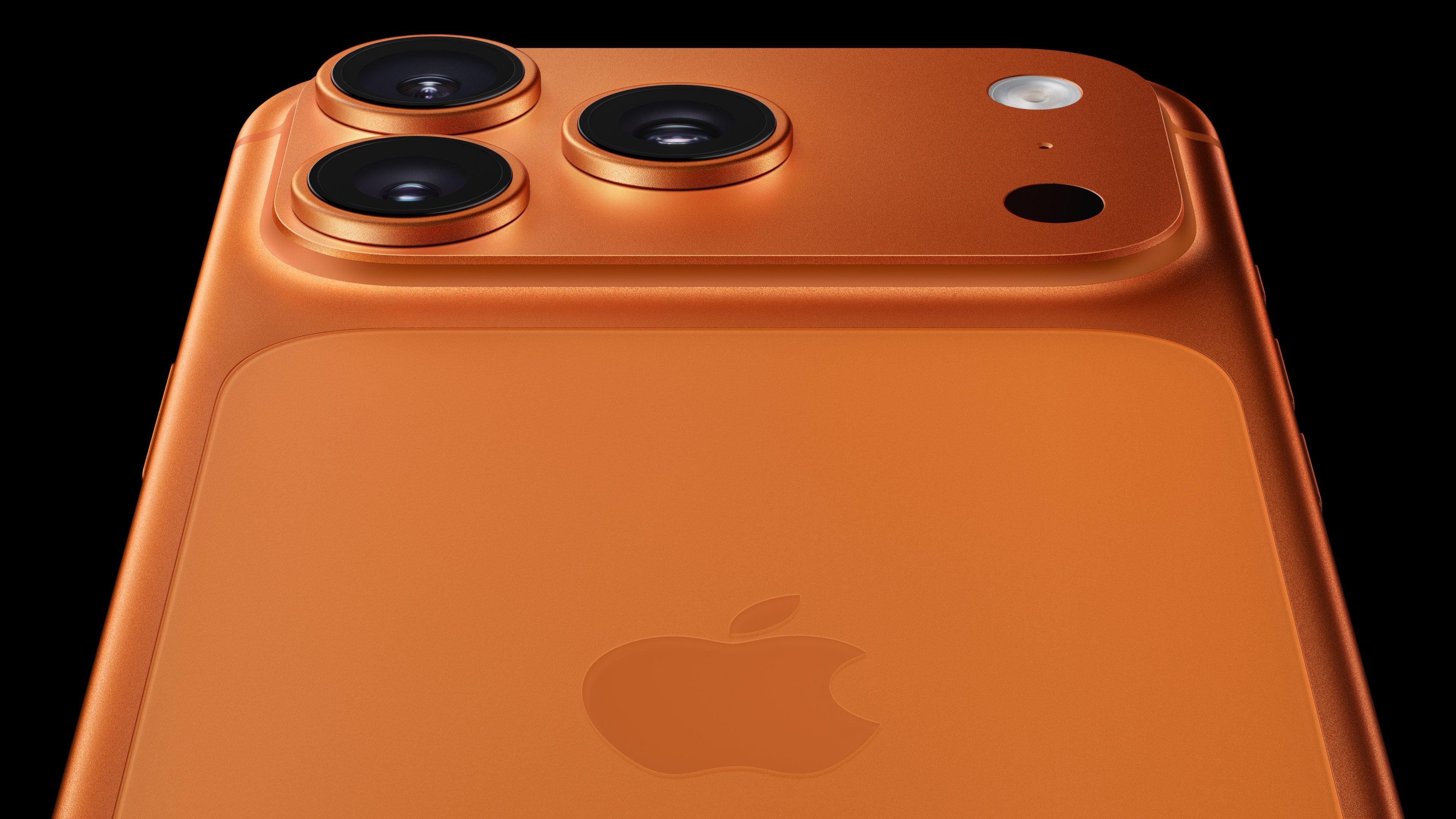Apple's (AAPL 0.26%) most famous, well-known product is, by far, the iPhone. While many rail on about loss of market share to Google's (GOOG +1.04%) Android-based smartphones, the iconic iPhone continues to earn enormous profits, and remains the standard by which all others are judged.
The question going forward, in anticipation of Monday's earnings release, is how many iPhones were sold in the December quarter (Apple's first quarter of fiscal 2014)? This is important, as the iPhone contributes over 50% of revenue and is the most profitable hardware driving higher margins.
On market share
Much has been made of Android's increasing market share, which recently reached 81% worldwide, according to Strategy Analytics. Even in the U.S., Kantar World Panel reports that, for the three months ending November, Android led with 50% to Apple's 43%, essentially reversing the numbers from a year ago. Google appears to continue gaining.
But, these numbers are a bit deceptive, as the iPhone still leads in profit-share. The numbers are skewed by massive sales of low-end phones.
60 million units?
As reported earlier, Apple seems to have cleaned up on all fronts this past holiday season. So, what indications are there for iPhone unit sales for the quarter?
Each quarter, Phillip Elmer-Dewitt collates estimates of a long list of analysts, separated into professionals (27) and respected independents (17). Sunday, he released iPhone numbers ranging from 50 million-59.73 million units. The average for pros/indies was 54.1/57.1.
What is driving these record numbers? Could the real number be even higher? There is a strong possibility the number will go over 60 million.
In November, the Wall Street Journal reported that iPhone producer Foxconn was making 500,000 iPhone 5s models per day. If you add to this the 5c and 4s models, the company was making approximately 740,000 iPhones per day. Multiplied by 92 days, the total is 68 million units sold.
This would be a high estimate, and some would be lost to channel fill, but it shows that 60 million is in the realm of possibility.
Another indicator
Another indicator may also be reasonable, perhaps even a low number. Consider recent iPhone releases and the number of sales for the initial weekend, compared to sales for the December quarter.

In the chart, the figure for "multiplier" is the December quarter sales divided by the initial weekend sales.
It's surprising that the figures are so constant. For the last three years, holiday quarter sales have been nearly 9.5 times that of the initial weekend. This would suggest that, even with a multiplier reduced to 9.0, given initial weekend sales of an astounding 9 million, total sales would be approximately 81 million units. If sales were 63 million, that would reduce the ratio to 7-1. It's hard to understand this precipitous drop.
One explanation is that, with initial sales in more countries, perhaps this ratio does not hold any longer. Perhaps some of the countries do not splurge on holiday giving the way the others do. Chinese consumers, certainly, buy more for their New Year, which is coming later this month. So, once the initial U.S. holiday shopping season rush was over, sales died down more quickly than before. This is plausible, but not particularly convincing.
Conclusion
Apple's iPhone certainly had a great quarter, and it would be shocking if there weren't record sales. But, will sales break 60 million? None of the analysts seem to think so. Still, it would not be a surprise to see the 63 million figure.
Regardless, there will likely be another surprise. With reports that the iPhone 5s is dominating the mix of models sold, the ASP will be higher, and also the gross margin. Regarding iPads, the new Air has slipped slightly as a percentage of sales, but the new Retina iPad Mini has a higher price than the original Mini. Expect to see a gross margin in the 37.5%-38.2% range.
All of this looks very positive for Apple.






